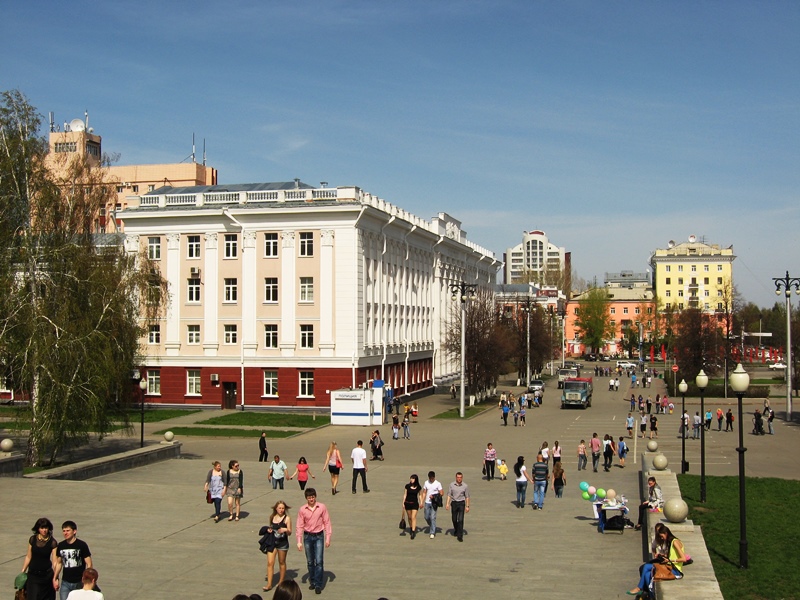How to reach us
117 Uritskogo Str.
Krasnoyarsk, RUSSIA
- e-mail:
- info@sayanring.com
- Open hours:
- Monday-Friday 10 am-7 pm
- Sat 11 am - 4 pm
- Sun - day off
Barnaul
 Barnaul is rather an young city. The date of the foundation is not defined exactly; some sources of information say 1730 and other ones give 1739. Anyway, establishment of the city is closely connected with the name of Akinfy Demidov, who built a copper smeltery. As a result settlers from the centre of Russia and the Urals began to occupy territories. Later the factory began to smelt precious metals.
Barnaul is rather an young city. The date of the foundation is not defined exactly; some sources of information say 1730 and other ones give 1739. Anyway, establishment of the city is closely connected with the name of Akinfy Demidov, who built a copper smeltery. As a result settlers from the centre of Russia and the Urals began to occupy territories. Later the factory began to smelt precious metals.
Undoubted fame of the city was also achieved by Ivan Polzunov, who built the first steam engine in the world.
In 1771 Barnaul got the status of “mountain city” – the only one in Siberia.
The central part of the city reminds Saint Petersburg. It is caused by the fact that initially it was built according to the plan of Saint Petersburg city.
By 1883 Barnaul becomes a major trading center. There appear tanning, candle, brick, brewing, fur, sawmill and other industries.
In 19th century Barnaul became a large cultural, scientific and technical centre of Russia. So a technical library was opened in 1764, the first theatre – in 1827, the first printing establishment and the Local History Museum – one of the first in Siberia.
But on May, 2nd 1917 the development of the city stopped because of the strong fire which destroyed 40 quarters. Now Barnaul has stone and concrete construction, but wooden architecture hasn't been preserved.

In 1937 a new chapter in the history of the city was written, as Altai Region was established and Barnaul got the status of administrative centre.
During World War II about one hundred industrial enterprises from Moscow, Leningrad, Odessa, Kharkov and other cities were evacuated to Barnaul. Subsequently, these plants become the foundation of the city's industry and help to get back on feet. In Barnaul, and now reigns heavy industry: mechanical engineering, metal processing, chemical and oil refining industries. Here and there one can see the factory buildings (Barnaul has more than 30 plants).
During the war many people from Volga region of German origins came to Barnaul to stay here, and now many Barnaul residents have German roots.

Now tourists can visit many places of interest in Altai Region. One of them is the Altai State Regional Museum of Local History. It is unique not only for its great collection of items, but for the fact that it is situated in a historical building which is the monument of culture.
Not less interesting museums for tourists are the State History Museum of Literature, Art and Culture of Altai, the State Art museum of Altai Region.
Speaking about churches and cathedrals, it is worth seeing Pokrovsky Cathedral and Nikolskaya Church. These churches could escape destruction during the fires and severe Soviet times, when they were used as storehouses. Now they are restored and are ready to amaze you with their fairy-like wall paintings. Besides, on the territory of Barnaul there are 63 archeological monuments, which can be the places of genuine interest for tourists. Among them are ancient settlements, burial mounds and ancient dwelling sites of people from different periods from Lithic Age to middle ages. The major part of monuments is situated on the left bank of the Ob in upland part of Barnaul.
In 2015 Barnaul became one of the three most comfortable cities of Russia (after Krasnodar and Ulyanovsk).
GMT +8




